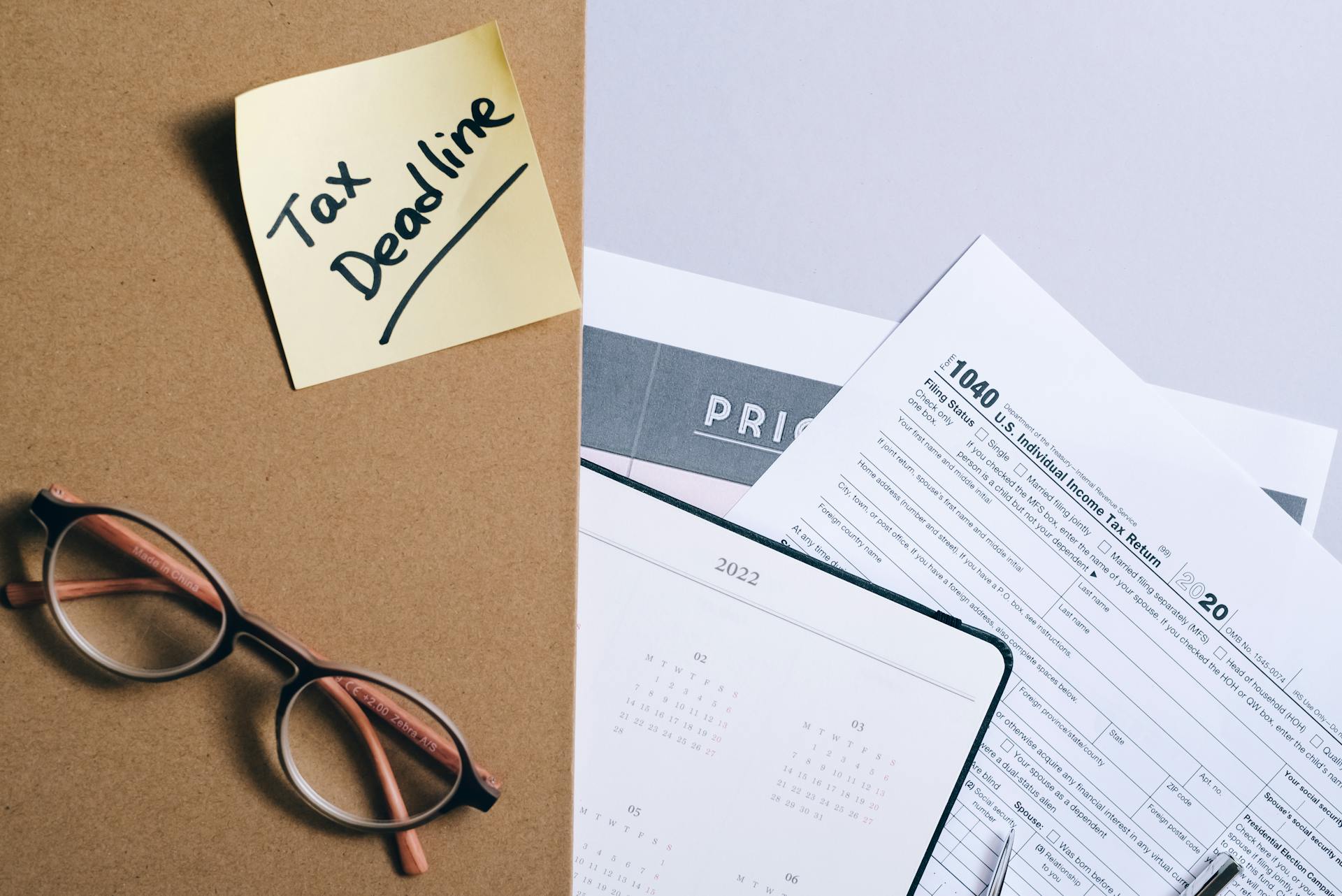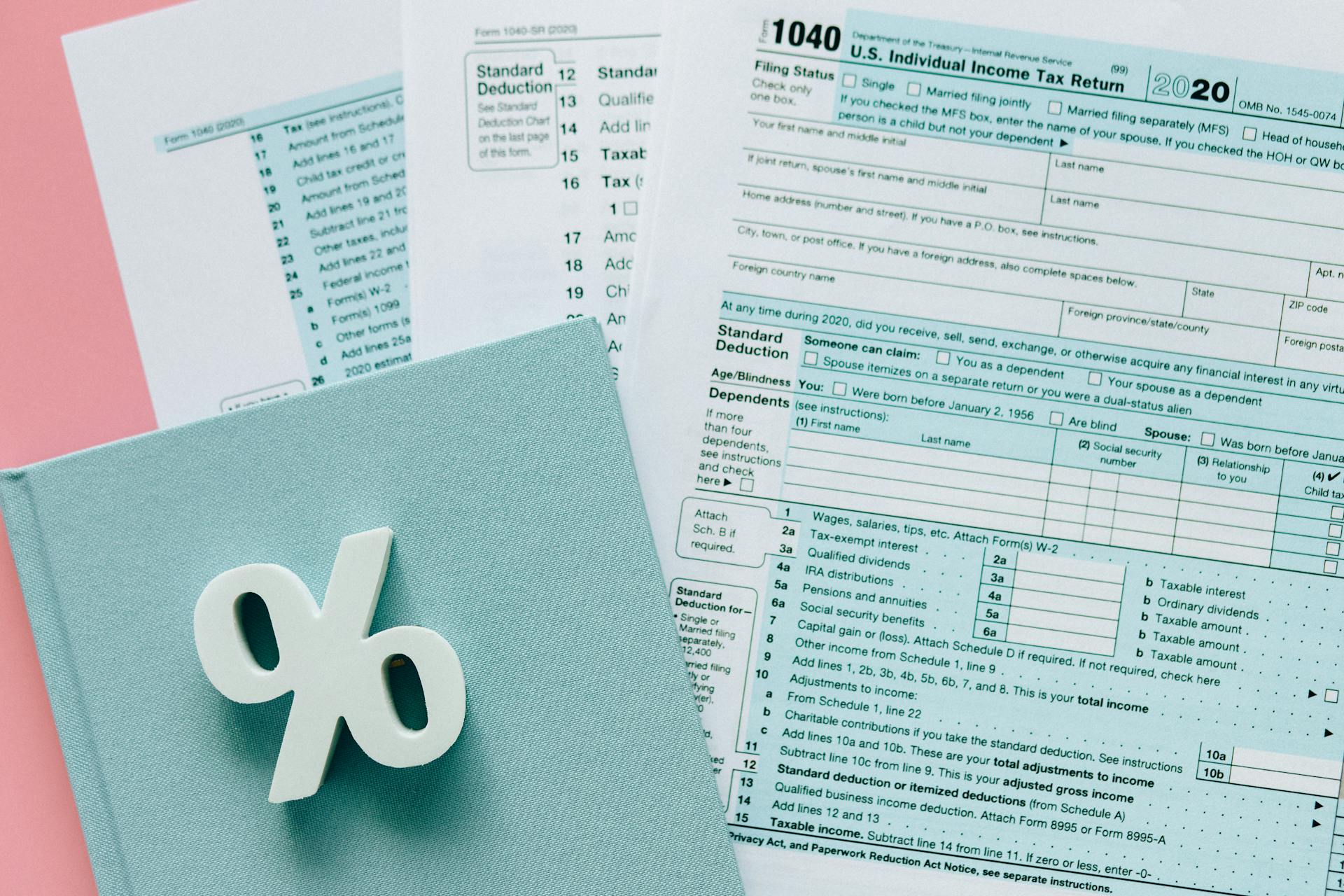
Convertible bonds can be a complex financial instrument, but understanding their valuation is crucial for investors and analysts alike. The conversion price is a key factor in determining the value of a convertible bond, as it represents the price at which the bond can be converted into a specified number of shares of common stock.
The conversion price is typically set at the time of issuance and is usually a premium to the market price of the underlying stock. For example, if a convertible bond is issued with a conversion price of $50, and the market price of the underlying stock is $40, the conversion price is a 25% premium.
Understanding the conversion price is essential for analyzing the potential value of a convertible bond. By comparing the conversion price to the market price of the underlying stock, investors can estimate the potential upside of the bond.
A convertible bond's valuation also depends on the conversion ratio, which determines the number of shares of common stock that can be obtained by converting the bond. The conversion ratio is usually expressed as a ratio of shares per bond.
Check this out: What Are Premium Bonds
What is a Convertible Bond
A convertible bond is a type of corporate debt security that yields interest payments but can be converted into a predetermined number of common stock or equity shares.
The conversion from the bond to stock is usually at the discretion of the bondholder and can be done at certain times during the bond's life.
The price of a convertible bond is sensitive to changes in interest rates, the price of the underlying stock, and the issuer's credit rating.
This means that the value of a convertible bond can fluctuate based on these factors, making it a complex investment option.
Convertible bonds offer bondholders the flexibility to choose whether to convert their bonds into shares of the issuing company's stock.
If the bondholder chooses to convert, they surrender the bond and receive shares at the predetermined conversion price.
This flexibility can be beneficial if the company's stock price increases significantly, making the conversion a good option for the bondholder.
Here's an interesting read: Stock Valuation
Key Concepts
A convertible bond offers investors a type of hybrid security that has features of a bond, such as interest payments, while also having the option to own the underlying stock. This unique combination can be a major draw for investors looking for a mix of income and potential for long-term growth.
Convertible bonds pay fixed-income interest payments, which provides a regular stream of income for investors. This can be especially attractive for those who want to earn a steady return on their investment while still having the potential to benefit from the stock market.
The conversion from a bond to stock happens at specific times during the bond's life and is usually at the discretion of the bondholder. This means that investors have control over when they want to convert their bond into stock, allowing them to take advantage of market conditions that are favorable to them.
Here are the key features of a convertible bond:
- Pays fixed-income interest payments
- Can be converted into a predetermined number of common stock shares
- Conversion happens at specific times during the bond's life
Conversion Process
The conversion process for convertible bonds can be a bit complex, but it's essential to understand it to accurately value these financial instruments.
Bondholders can usually convert their bonds into shares of the issuing company's stock at any time before the bond matures.
However, some companies may include specific conditions that must be met before conversion can take place, such as holding the bond for a certain amount of time.
A common condition is that the bond can only be converted after being held or issued for a specified period, such as no sooner than three months.
Related reading: Conversion Ratio for Convertible Bonds
Interest Payments and Taxes
Interest payments on convertible bonds work similarly to those on regular bonds, with bondholders receiving periodic interest payments based on the bond's coupon rate and face value. These payments usually occur semiannually or annually and continue until the bond matures or is converted into equity.
The interest income from convertible bonds is generally taxable as ordinary income in the year it is received, if held in a taxable account. This means you'll need to report it on your tax return.
If a convertible bond is converted into shares of the issuing company's stock, any subsequent capital gains or losses realized from the sale of the shares will be subject to capital gains tax.
Explore further: Bond Premium on Tax-exempt Bonds
How Interest Payments Work
Interest payments on convertible bonds work similarly to those on regular bonds. They're usually made semiannually or annually, based on the bond's coupon rate and face value.
The Internal Revenue Service (IRS) categorizes interest payments as dividends, which are taxed differently than capital gains.
Bondholders receive periodic interest payments until the bond matures or is converted into equity.
On a similar theme: Interest Rates and Bond Valuation
Taxes
Convertible bonds pay periodic interest payments, which are generally taxable as ordinary income in the year they're received.
If you hold convertible bonds in a tax-advantaged account, the tax implications may be different. However, this is not the case for most investors.
The interest income from convertible bonds is typically not eligible for preferential tax treatment like qualified dividends.
Convertible bonds can be issued at a discount to their face value, resulting in an original issue discount (OID). OID is generally taxable as ordinary income over the life of the bond.
If you sell the shares received from converting a bond, any capital gains or losses realized will be subject to capital gains tax.
Some convertible bonds offer preferential tax treatment for dividends, known as qualified dividends, which are subject to lower tax rates than ordinary income tax rates.
Discover more: 1099 Bond Premium on Tax Exempt Bonds
Varieties of
There are several varieties of convertible bonds that investors should be aware of. A vanilla convertible bond is the most common type, allowing investors to choose between holding the bond until maturity or converting it to stock.
If the stock price has decreased since the bond's issue date, investors can hold the bond until maturity and receive the face value. Ideally, investors want to convert the bond to stock when the gain from the stock sale exceeds the face value of the bond plus the total amount of remaining interest payments.
Mandatory convertible bonds are required to be converted by the investor at a particular conversion ratio and price level. This means investors have no say in the matter and must convert the bond as specified.
A reversible convertible bond, on the other hand, gives the company the right to convert the bond to equity shares or keep the bond as a fixed income investment until maturity. If the bond is converted, it is done so at a preset price and conversion ratio.
You might like: Weighted Average Maturity
Investor Preferences
Investors want to have both a discount and a lower cap to maximize their potential returns. This is evident in the example where a 20% discount and a $625,000 cap resulted in a higher conversion value.
The ability to play with variables to see how features work is a useful tool for investors. For instance, removing the cap in the above scenario would have limited the original investor to a conversion value of $625,000.
Investors can find interactive tools to help them understand how different methods work. Shareware offers a calculator that allows you to visualize your conversion value and resulting ownership percentage with just a few inputs.
Discover more: Fixed-income Relative-value Investing
Discount and Cap: Investor Preferences
Investors want to have both a discount and a lower cap to maximize their returns. A convertible debt with a cap allows investors to receive a higher conversion value than they would with just a discount.
If a convertible debt didn't have a cap, the original investor would've received a maximum of $625,000 with a 20% discount. This highlights the importance of caps in investment deals.
If this caught your attention, see: Convertible Note Valuation Cap
You can use online tools like Shareware's calculator to visualize how different methods work. Simply enter an investment amount, discount rate, and valuation cap to see your conversion value and resulting ownership percentage.
Investors can benefit from understanding how these different methods work, as seen in examples from FundersClub and Cooley GO. These resources provide numerical examples and graphics to help investors make informed decisions.
A particularly helpful Cooley GO graph shows how the pre-money method works, where the company's valuation is fixed and the note's conversion price is based on that fixed valuation. This graph can be a useful tool for investors to understand this method.
Markets and Investor Profiles
Investors in the United States tend to be more conservative, with a majority holding a mix of stocks and bonds.
A significant number of US investors, around 40%, prioritize preserving their capital over generating returns, according to a survey.
Investors in the UK, on the other hand, are more likely to take on risk, with a higher proportion holding individual stocks and a lower proportion in index funds.
In the UK, investors are more likely to be influenced by news and market trends, with 60% saying they would consider changing their investments based on current events.
Investors in the UK also tend to be younger, with a higher proportion of 18-24-year-olds holding investments compared to their US counterparts.
Investors in the US tend to be more experienced, with 60% having held investments for over 10 years.
Frequently Asked Questions
What is the intrinsic value of a convertible bond?
The intrinsic value of a convertible bond is the number of shares it can be converted into, multiplied by the current market price of those shares. This value represents the bond's true worth, but can fluctuate based on market conditions.
Sources
- https://finpricing.com/lib/EqConvertible2.html
- https://www.cfainstitute.org/insights/professional-learning/refresher-readings/2024/valuation-analysis-bonds-embedded-options
- https://www.investopedia.com/terms/c/convertiblebond.asp
- https://en.wikipedia.org/wiki/Convertible_bond
- https://www.startupgrind.com/blog/the-ultimate-guide-to-understanding-convertible-debt/
Featured Images: pexels.com

